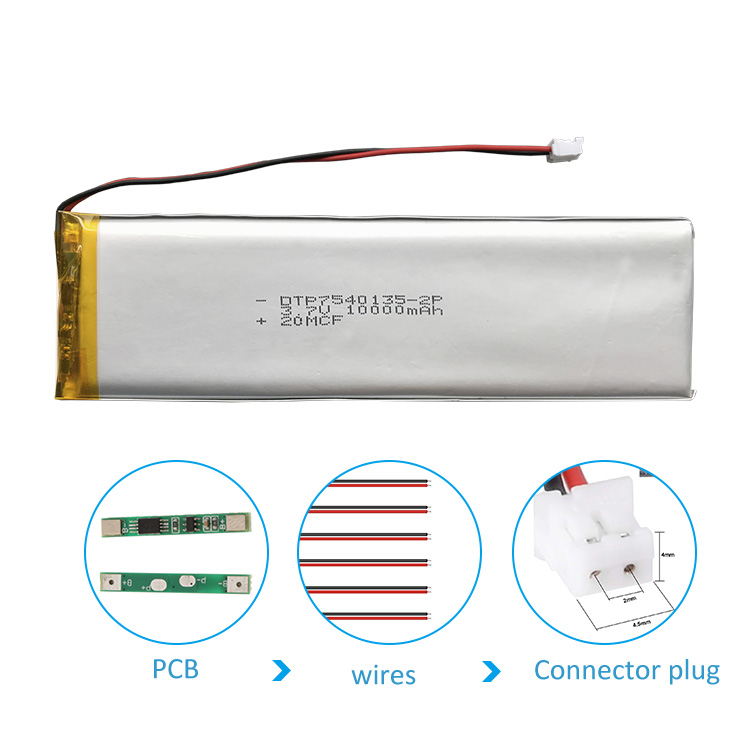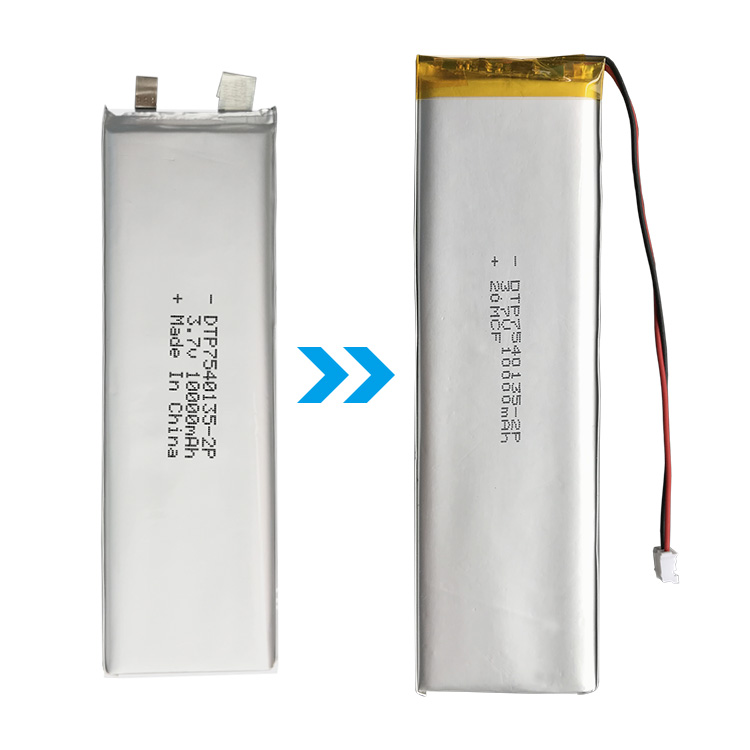A constant current (CC), constant voltage (CV) charging process are needed for the safer battery using. In the charging process, the battery is firstly charged at a constant current until a set voltage is reached. Secondly, the charging circuit switches to a constant voltage mode, providing the necessary current to maintain the set voltage.
In order to get the best charging methods, we need to choose the constant current level and voltage level carefully. Charging at a higher voltage can increase battery capacity. If the voltage is too high, it may cause the battery overstressed or overcharged, resulting in permanent damage, instability, and danger. Higher charging current can speed up charging time but at the expense of reduced battery capacity. A 30% reduction in charging current can increase the quantity of electric charge up to 10%.


Therefore, the charging current is usually set to half of the battery capacity (the maximum current that the battery can continuously work for one hour), and the voltage is set to 4.2 V per cell. However, using a slightly smaller charging current and voltage can slow down the battery’s aging, increasing charging cycles and power storage.